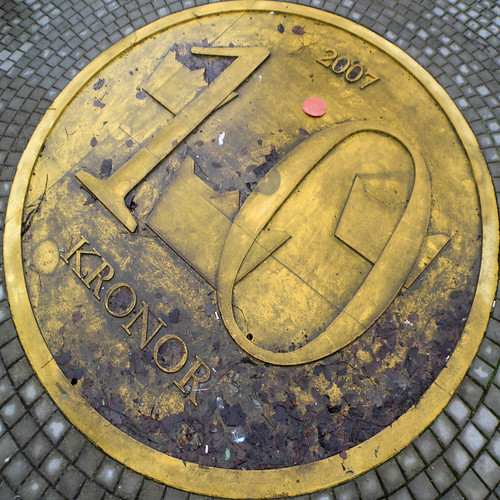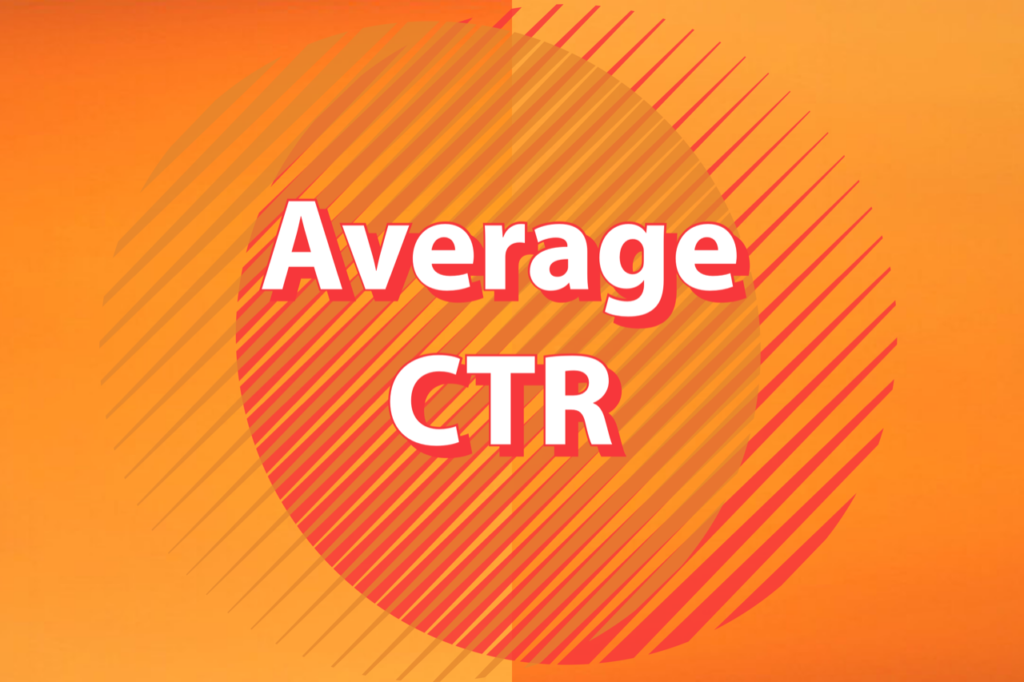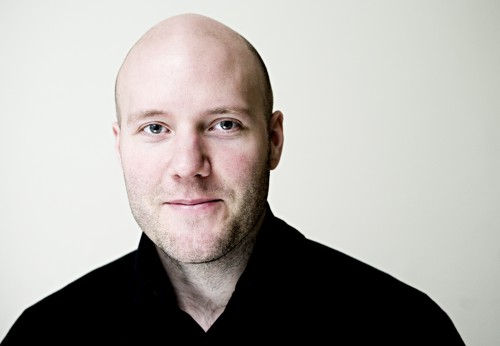
Today is a very special day, today this blog turns 10 years. I can’t believe I have been blogging for a decade already. Back then in 2004 blogging had not yet become mainstream. This was the first Swedish PR blog and I have this blog to thank for a lot of things. So to celebrate a decade of blogging I decided to list 10 things that I have learned from blogging:
1. Bloggers are generous
It didn’t take more than a few weeks of blogging before I realized that the blogosphere was populated with people who were willing to help you and share knowledge without demanding anything in return. It was a liberating feeling, you had a problem and all you needed to do was ask. I had no idea how I could active the RSS feed but out of nowhere I got the advice that solved the problem.
2. Blogging is fun
I have noticed that I like to express myself through my blog. I also enjoy the hunt for new stories to share and there is never a shortage of topics to blog about. This is my little corner on the web and I can fill it with anything I want. Today that may be something we take for granted, but back in the early days it enabled a lot of people to express their opinions online for the first time, without deep technical knowledge.
3. Blogging takes time
For me, blogging just don’t happen. I don’t write about my daily life or other “routine” topics. Most posts are the result of research, fact checking and carefully crafted texts. Not that all posts are extremely long, but it takes some work, especially since I write in a second language which sometimes is a chore. It’s a labour of love, but it doesn’t happen if I don’t set some time aside now and then to write a post.
4. Blogging is networking
In 2004, there were more PR blogs in Iran than in Sweden. It was fantastic to be able to network with likeminded people across the world, even in countries where you might think that public relations as a concept barely exists (clearly it did). In fact, you may have more in common with someone on the other side of the planet than with your neighbour. Since I started this blog I have made acquaintances, mainly here in Sweden but also from other countries, that I later have met in person. Having a blog is a great way to network.
5. Blogging is brand building
 Without this blog, I probably would never have had the opportunity to work as a freelance consultant for more than three years and I wouldn’t have my current position as Social Media Manager at a large Swedish company.
Without this blog, I probably would never have had the opportunity to work as a freelance consultant for more than three years and I wouldn’t have my current position as Social Media Manager at a large Swedish company.
I have been quoted in tens if not hundreds of articles in media such as BBC, CNN, Toronto Star, the Wall Street Journal, Boing Boing and Tech Crunch. I have been on Swedish radio and tv several times as well, all thanks to my blog which have let me position myself as someone who knows a bit about digital PR and social media.
I have also been on the cover of Swedish Internetworld twice (headline: “Hans Kullin knows how to succeed in social media”).
6. Blogging is rewarding
Every time someone shares a post, comments or just simply reads what I write, it is a positive signal that I have created something of interest to another person and that is a positive feeling. Knowing that others can see my blog as a resource is rewarding in itself. My blog has never been one with many comments and nowadays I rarely even get any trackbacks from other blogs. So blogging has changed in that aspect that the reward now comes in form of a tweet or a share/like on Facebook.
7. Blogging is learning
I have learned a lot, not only about blogging, but about the topics I write about. Speaking out publicly forces me to do research, fact check and read conflicting opinions on topics I write about. It is said that you remember a higher percentage of what you write down than what you read or see, so the just the fact that I write stuff down makes me remember more. The blog also becomes a resource that I can go back to because I know I’ve written about something before.
8. Blogging still has a place online
I am active on many social networks such as Twitter, Instagram, Facebook, Google+ and so on. Still, there is no other platform that fills the same purpose for me as the blog. This is still in my view the best platform for long form content that includes text, image and/or video. One difference now from the first years is that back then all you needed to do to be read was to get your posts out in the RSS feed. Now, I can have the most brilliant scoop ever and nobody would know about it until I push the post out in my other networks where people can discover it. Nobody finds my blog without Facebook, Twitter, Reddit or other such sites. And Google of course.
9. Blogging is about details
I never liked dealing with html code, plugins or WordPress templates. That’s why I haven’t changed this blog at all in several years. But to get noticed and get your content out to readers you still need to know a miminum of how stuff works online, like how to install plugins, how to tag content, how SEO works and so on. You can do a lot without any coding knowledge but to get real effects it helps to be a geek 😉
10. Blogging is not dead
Even if I don’t blog as frequently as I used to, I still like to try out new things. It is quite fascinating that after 10 years, the most read post ever was actually the post I wrote just before this one. I tried to apply a bit of the Upworthy formula to a post in
order to see if I could make it at least go slightly viral. And it did. The post about how Sweden is unique was shared or liked more than 5,000 times on Facebook and sent tens of thousands of visitors my way. Blogging is still alive and kicking and will continue to be for a long time. It just needs some new ideas now and then.
Thank you all for being a part of my network all this time.








